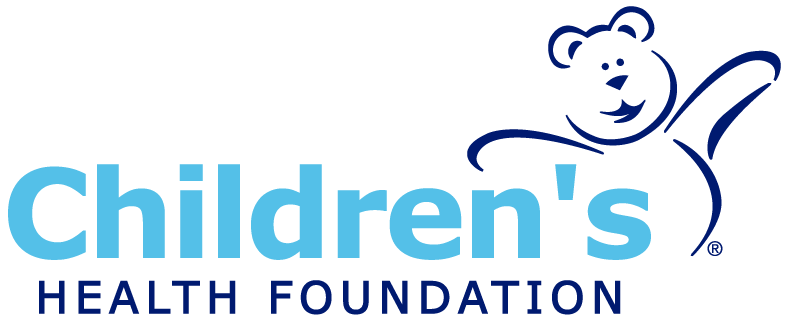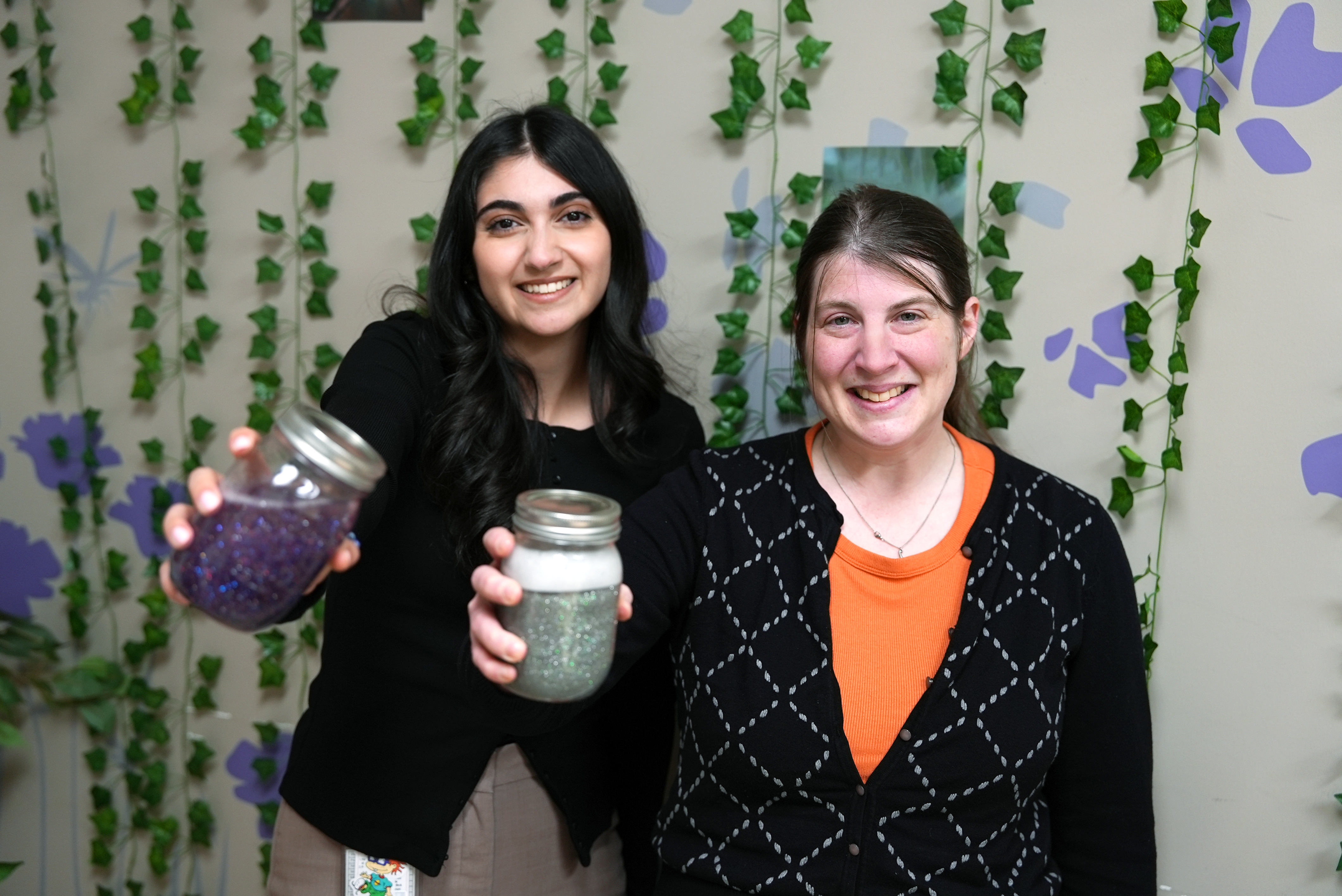Mental health care redesign results in dramatic reduction in wait times, improved care
Even as the pandemic fades from our immediate memory, its impacts have continued to reverberate.
Child and youth mental health in Canada has been pushed to a breaking point. Wait lists ballooning. Young people growing sicker.
Amid great challenge, Children’s Hospital’s Child and Adolescent Mental Health Care Program charted a transformational path forward.
Emboldened by the generosity of Children’s Health Foundation donors, the staff reinvented how they deliver outpatient care – and reduced their wait list by more than 75% and counting.
“We completely reimagined our program model,” said Nicole Sibo, a registered nurse who was brought on as part of this work. “We have changed to a more integrated approach and it’s working.”
The team pivoted from a siloed approach. Patients are now guided from intake straight into the appropriate
treatment stream. Psychiatrists and clinicians work collaboratively to co-create with caregivers and patients a tailored and supportive care plan.
“Before you had to wait for an assessment with a psychiatrist and then wait again for treatment,” said Sibo. “That’s not happening anymore.”
New group therapy offerings have also helped in providing more timely care. Group therapy has been shown to be equally effective, but more efficient compared with individual therapy.
Rachel Van Allen is a registered nurse who supports the Dialectical Behaviour Therapy (DBT) stream, which provides care for patients experiencing emotional dysregulation concerns or borderline personality traits. She said she’s proud of the innovation and creativity she’s witnessed and been part of.
“We’ve increased and varied our programming so people can find care that is helpful for them,” said Van Allen. “You don’t have to fit yourself into a mold. We have programming that is going to suit your specific needs, because everyone’s unique.”
Underscoring their commitment to providing tailored care, Van Allen and Sibo are excited to pilot a new initiative: the Wellness Rapid Access Program (WRAP).
WRAP will be beneficial for patients who don’t align with one of the three main treatment streams of mood and anxiety, trauma or DBT but would still benefit from an acute care hospital intervention.
WRAP may also be utilized to support enhanced patient engagement, transitional care or postdischarge intervention.
“This will be for young people who need a shorter duration of treatment and one that’s more generalized,” explained Van Allen. “As a flexible delivery model, WRAP will allow us to address gaps more effectively and once again better cater to the needs of our patients.”
Children’s Health Foundation’s catalyst support has helped to serve patients faster and wrap an entire team of experts around patients and caregivers to meet their unique needs.
With a waitlist still in place, the program team is dedicated to making additional strides. Building on their past successes, they are filled with optimism for the future of child and adolescent mental health care at Children’s Hospital.




